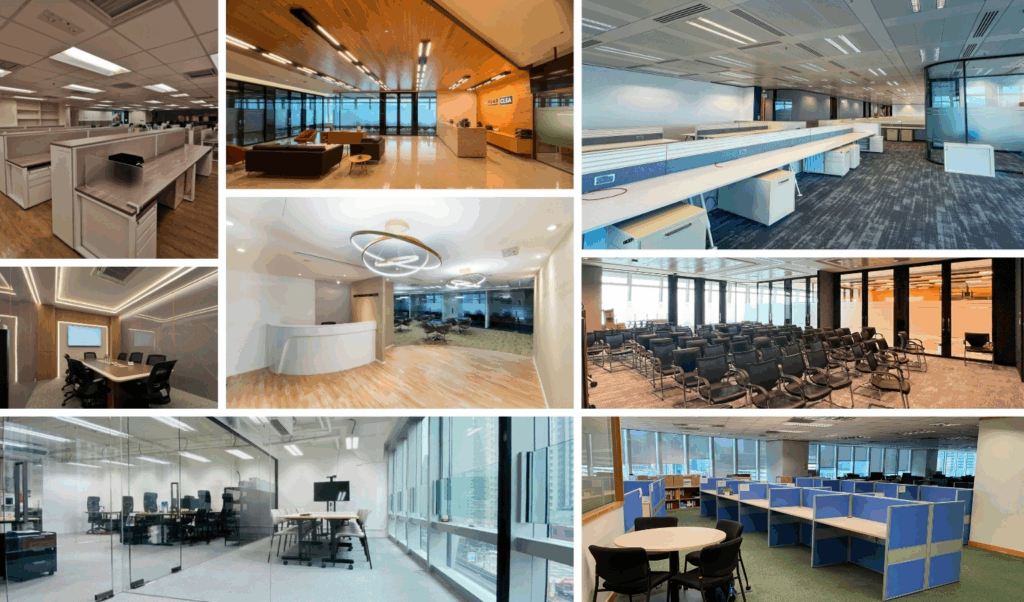Decoration holds the incredible power to transform spaces, turning them into reflections of personality, culture, and purpose. It is an art form, 裝修公司 a creative expression that tells stories and evokes emotions. From minimalistic elegance to eclectic charm, decoration breathes life into the physical world, redefining how spaces are experienced.

At its core, decoration begins with a vision. Understanding the essence of a space is essential in crafting a design that resonates. A tranquil bedroom seeks serenity, while a bustling café thrives on energy and warmth. This fundamental understanding sets the tone for color palettes, textures, and layouts that will define the ambiance.
One of the most impactful elements in decoration is the use of color. Each hue carries a unique psychological influence, capable of shaping moods and perceptions. Soft, pastel shades bring calmness to intimate corners, whereas bold and vibrant tones command attention in social spaces. The interplay of contrasting colors can also create dynamic environments that feel both balanced and lively.
Nature serves as an enduring muse in decoration. Incorporating natural materials like wood, stone, and clay enhances a space’s authenticity while adding warmth and texture. Greenery, whether in the form of indoor plants or vertical gardens, introduces vitality and a sense of freshness. These elements not only uplift the aesthetic but also foster a connection to the natural world.
Lighting, often underestimated, is another cornerstone of decoration. It dictates how a space is perceived, setting moods and highlighting focal points. Layered lighting, blending ambient, task, and accent lights, creates depth and versatility. A statement pendant light can anchor a dining table, while soft, diffused lighting enhances the intimacy of a reading nook.
Art and personal artifacts play a central role in making decoration meaningful. A carefully chosen painting, a handmade piece of pottery, or even a cherished family photograph can infuse a space with character and emotion. These objects carry stories, adding layers of depth and individuality to the overall design.
Textures are equally vital in crafting engaging environments. A mix of materials—such as the smoothness of glass juxtaposed with the ruggedness of a woven rug—brings a sense of balance and richness. Layering textures invites exploration, allowing occupants to interact with their surroundings on a tactile level.
The arrangement of furniture and decor items is an essential aspect of decoration. Strategic placement ensures that spaces are not only visually appealing but also functional and comfortable. Open layouts encourage interaction and ease of movement, while intimate corners invite quiet reflection. Accessories like throw pillows, vases, and bookshelves add finishing touches that tie the design together.
Cultural influences have a profound impact on decoration, providing a wealth of inspiration and diversity. Traditional motifs, handcrafted pieces, and regionally sourced materials lend authenticity and a sense of heritage. Blending cultural elements with contemporary styles results in spaces that are both timeless and unique.
Seasonal decoration adds a layer of dynamism, keeping spaces fresh and aligned with the rhythm of the year. Simple updates like incorporating autumnal hues, festive ornaments, or fresh spring flowers can create a sense of renewal and celebration.
Ultimately, decoration is a deeply personal journey. It is an evolving process that adapts to changing tastes, needs, and trends. While professional designers bring expertise and innovation, the most cherished designs often come from individual creativity and heartfelt effort.
Decoration is not just about making spaces visually appealing; it is about creating environments that inspire, comfort, and connect. It is a celebration of art and functionality, where every choice contributes to a harmonious and meaningful space. Through decoration, we shape the world around us, infusing it with our values, aspirations, and dreams.



